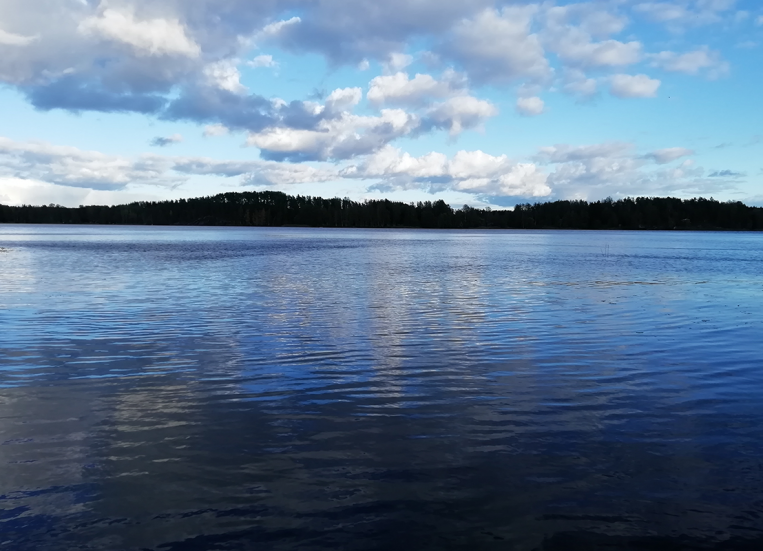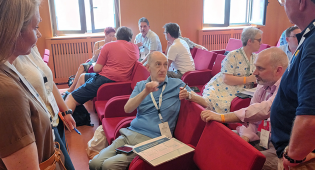Designing efficient innovation policy instruments with improved RIS3 monitoring
05.10.2021The aim of the Regional Strategy for Research and Innovation for Smart Specialisation (RIS3) is to make a more effective use of existing knowledge resources in the regions. Smart specialization refers to identifying region’s strengths and to using them to increase the number of innovative companies.
Since 2016, the Interreg Baltic Sea Region projects EmpInno S3 and EmpInno Monitor S3 supported partner regions in Denmark, Estonia, Finland, Germany, Latvia, Lithuania, Poland and Sweden to foster the implementation and improvement of RIS3. The partners represented a diverse actors from managing authorities–strategy owners–to strategy implementers of regional smart specialization strategies. Xamk, South-Eastern Finland University of Applied Sciences was the partner in the South Savo region and worked in cooperation with the Regional Council of South Savo.
The main objective of the EmpInno Monitor S3 -project (2019–2021) was to develop and test innovative monitoring elements, with the goal of improving the monitoring systems of the smart specialisation strategies (=RIS3) in the partner regions.
Mapping the priorities for improving RIS3 monitoring
The partner organisations transnationally exchanged information about the monitoring systems for the smart specialization strategies that they use in their regions. They identified several different reasons for improving them and mapped the priorities to address in cooperation with the strategy owner in each region. “RIS3 Monitoring Testing Plans’’ laid down challenges and needs together with concrete activities for improvement. The following three thematic priorities were identified in the plans as main approaches necessary to improve RIS3 monitoring systems. In reality – however – the improvement included a mix of all three:
1. Including more qualitative information in RIS3 monitoring provided by end-users and innovation actors such as companies, R&D actors, and additional stakeholders in the innovation ecosystem;
2. Developing and/or testing digital tools to collect information from S3 end-users and/or to include regional elements into existing monitoring tools;
3. Testing a stronger and more structural engagement of stakeholders in the RIS3 monitoring dialogue.

These activities were implemented in close cooperation with the strategy owner to ensure that the monitoring systems are improved in a durable and sustainable way.
In South Savo, current regional RIS3 monitoring is based on quantitative information which is insufficient. We identified the need to include qualitative information from companies to complement the existing data set. Xamk tested two different qualitative methods in cooperation with the Regional Council of South Savo. These were, a detailed webropol survey, and two virtual workshops for companies with a focus on the fields of smart specialisation. The aim of both methods was to provide more detailed information of the needs, points of interest, and future visions of the businesses in the region than was currently available.
Results of testing new monitoring methods in South Savo
The testing methods turned out to be very cost-efficient and easy to run anonymously and a better understanding of the applicability and efficiency of the tested monitoring methods were achieved. Furthermore, the qualitative, open-ended questions in the webropol survey were convenient to include into the current monitoring methods.
As a direct result of the survey, we were able to establish a database with the contact information of relevant companies of RIS3 in the South Savo region. Further, the second method used, the virtual workshops, were assessed positively by those who participated.
The tests also revealed the need for the improved engagement of companies in the RIS3 monitoring system. Even though careful preparations were applied for implementing both monitoring tests in cooperation with the strategy owner, a sufficient feedback rate was missing to draw wider conclusions of the company views.
In the end, both methods could be further developed into a sort of digital barometer that could be used to monitor the needs and opinions of companies related to RIS3 in the future. With this, they can easily be fed into the current RIS3 monitoring system and utilized in the ongoing development process for the Smart Specialisation Strategy of the South Savo region 2022–2027.
Final words
Being equipped with an improved and more realistic RIS3 monitoring systems, regions in the Baltic Sea Region can better assess and adjust their innovation policy instruments. This leads to higher efficiency and effectiveness of the innovation policies, which ultimately results in a more innovative Baltic Sea Region.

































